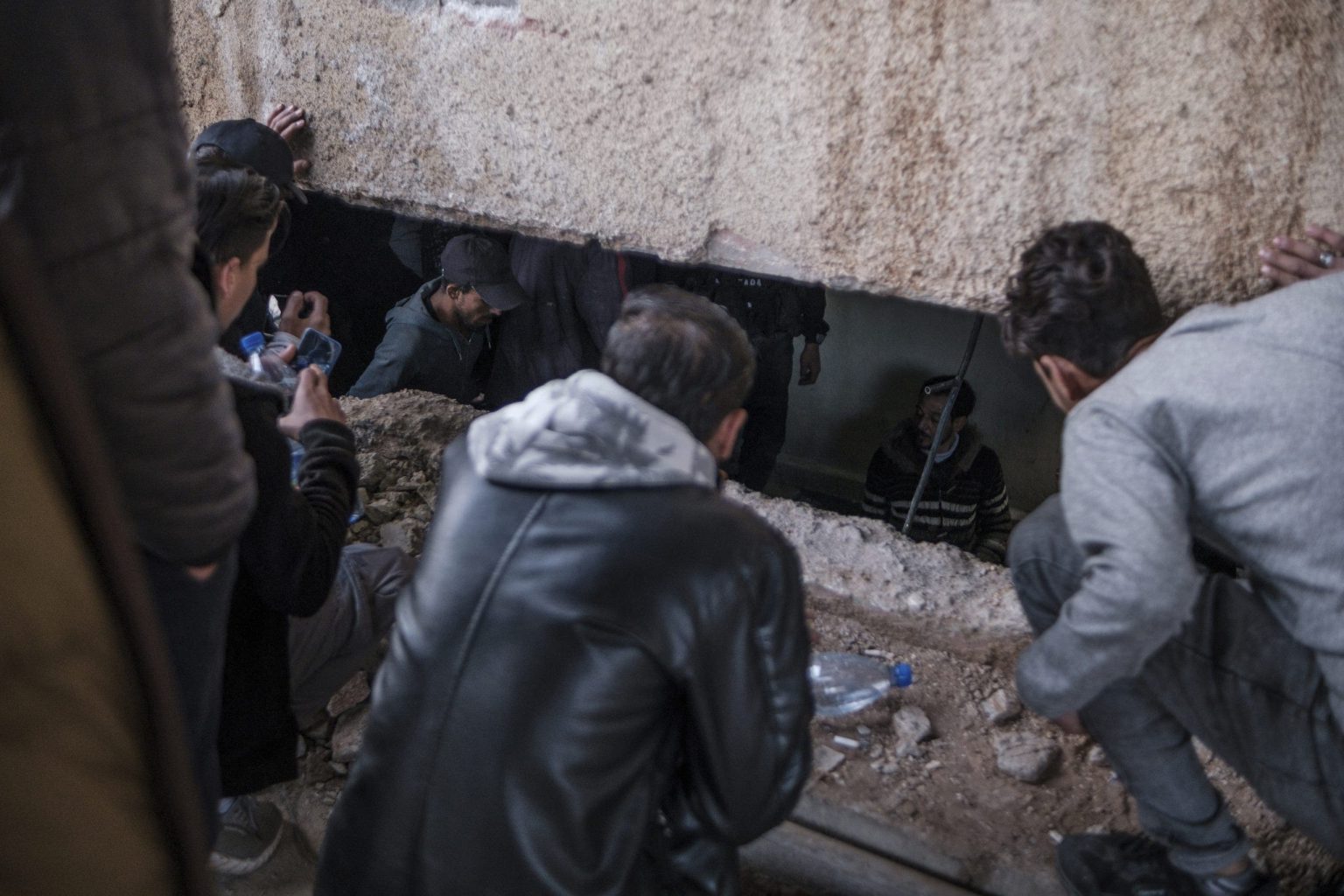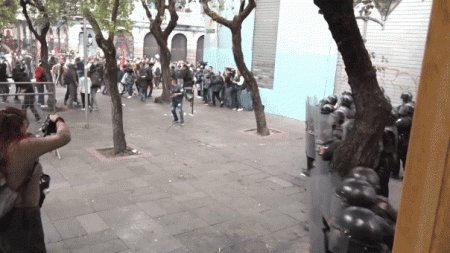In the midst of Syria’s brutal civil war, Sednaya prison emerged as a chilling symbol of the systemic violence of the Assad regime. Referred to as the “Death Factory” or the “Human Slaughterhouse,” Sednaya became a site of unimaginable suffering for around 100,000 individuals who disappeared into Assad’s prisons. Reports indicate that thousands of women and children were among those detained, tortured, and killed. Some estimates suggest that at least 10% of those detained lost their lives in these prisons, with the actual figure potentially reaching as high as 20%. Families continue to search for missing loved ones, many of whom remain unaccounted for, as the number of victims continues to rise.
Former political prisoner and Syrian affairs analyst Ahed Al Hendi described Sednaya as a tool used to crush any form of resistance or humanity. The prison was situated on a hill outside Damascus and struck fear into anyone who even mentioned its name. Reports from survivors who recently visited the site revealed horrifying scenes of bags of bones, fresh blood on the floor, and torture machines designed to inflict unimaginable pain. Mass graves have also been discovered, with evidence suggesting that thousands of victims, including those from Sednaya, were buried there after dying under torture. The regime went to great lengths to cover up these atrocities, even going so far as to create the illusion of a restricted military zone to conceal the mass graves.
The conditions in Sednaya were beyond inhumane, with prisoners subjected to starvation, beatings, and torture with electricity. Al Hendi recounted how prisoners were denied food for three days before execution, denying them even the basic dignity of a last meal. Entire families were destroyed by the regime, with children and women taken as hostages to pressure their fathers or husbands. Some children born in Sednaya were the result of rape by prison guards, highlighting the extent of the regime’s brutality. Despite the liberation of Sednaya and the release of thousands of prisoners after the fall of the Assad regime, many remain traumatized and unable to even remember their own names after being detained for so long.
The atrocities committed at Sednaya were part of a broader campaign by the Assad regime to exterminate its opposition through horrific means. There is a growing consensus on the need for truth and reconciliation to address the suffering and ensure Syria can begin to heal. The investigations into Sednaya and the mass graves have revealed the chilling efficiency with which these crimes were systematized, emphasizing the urgency of preserving evidence for comprehensive accountability. Efforts are being made to secure justice through the proposed surrender of Assad and top officials responsible for the atrocities in exchange for amnesty for lower-level perpetrators who were following orders. This potential path to accountability may help prevent further violence and bring stability to Syria, avoiding a descent into cycles of vengeance and conflict.













